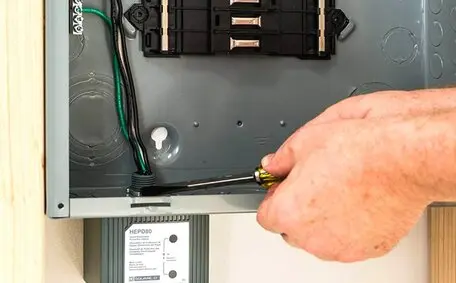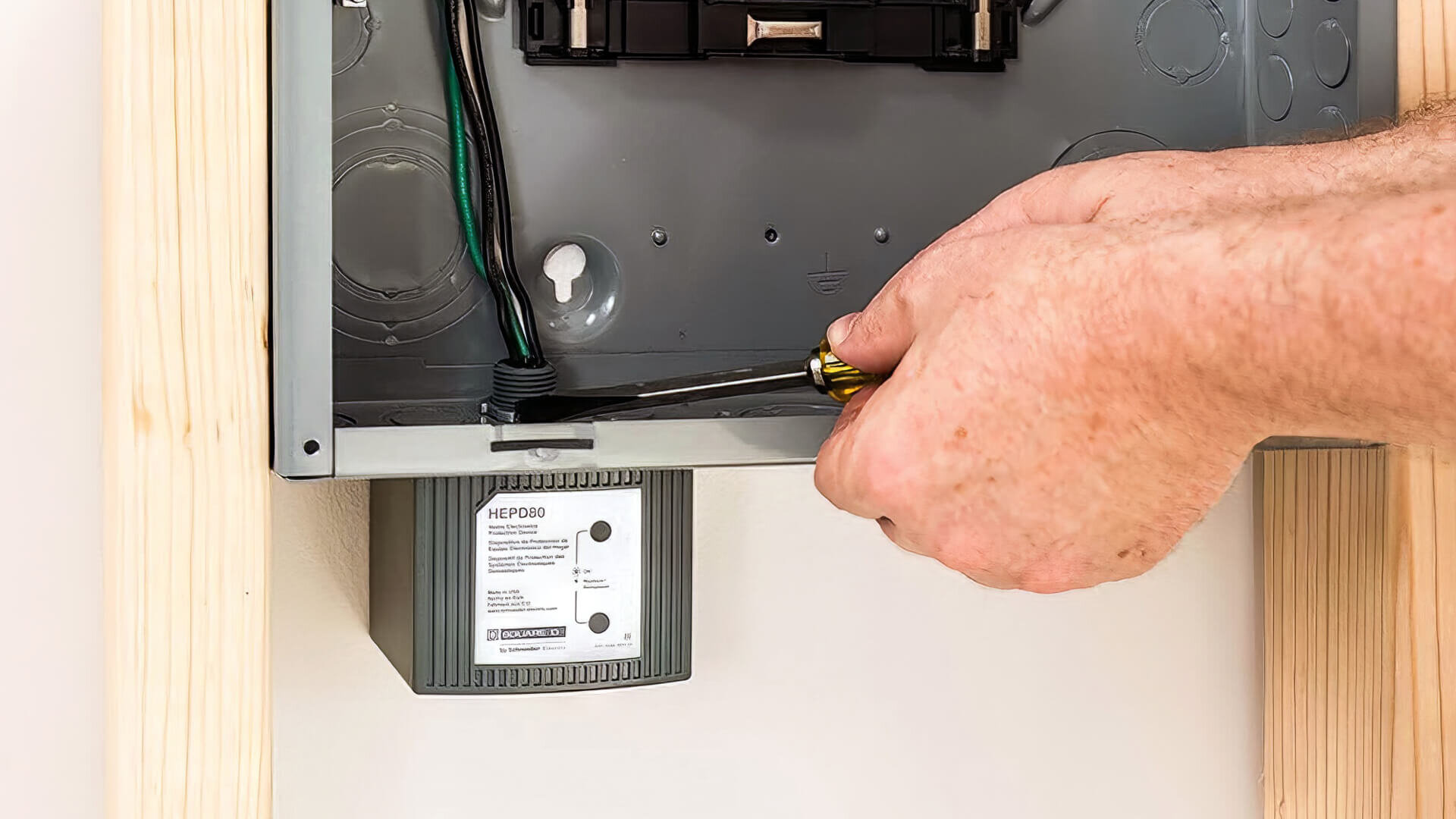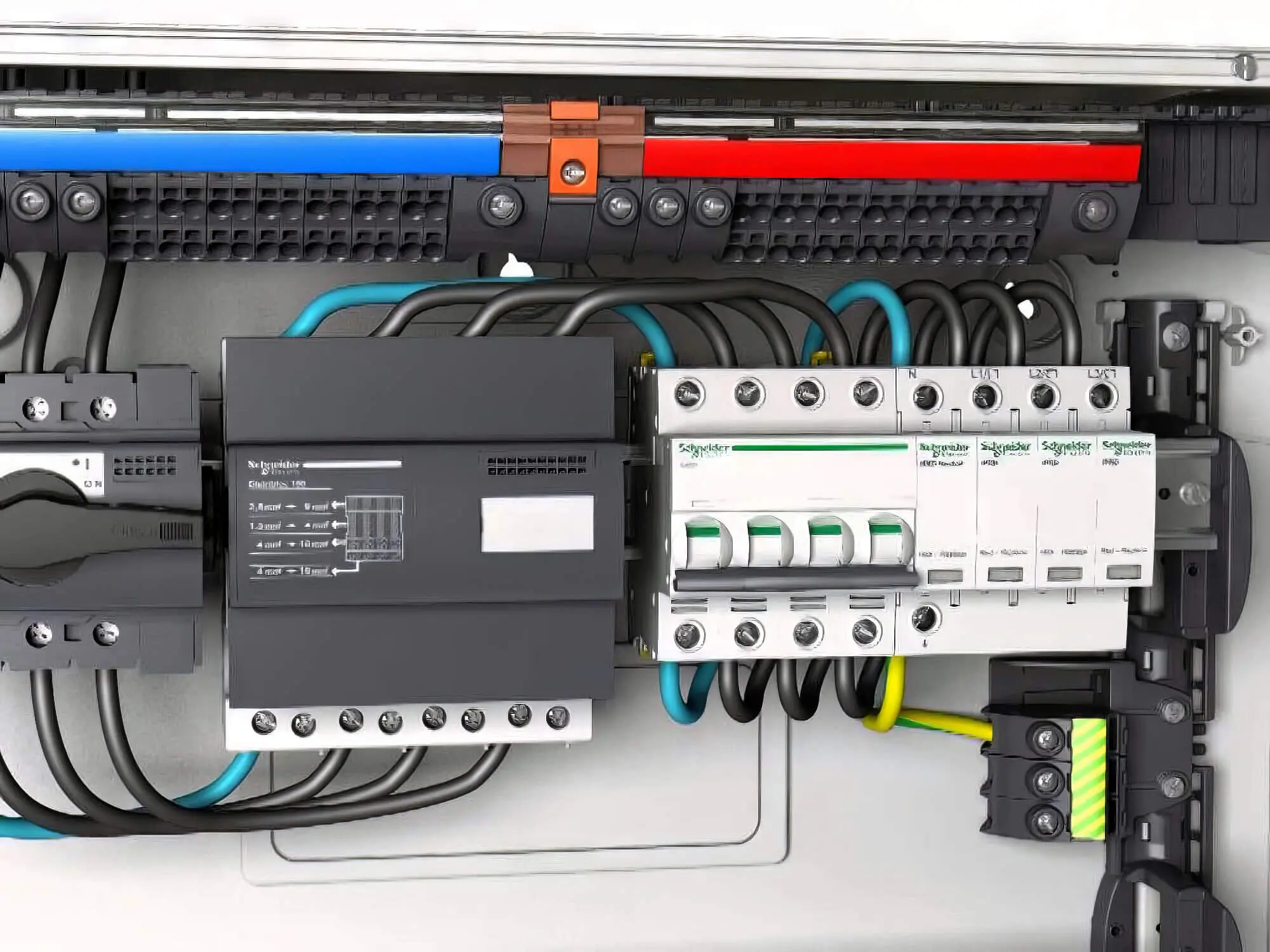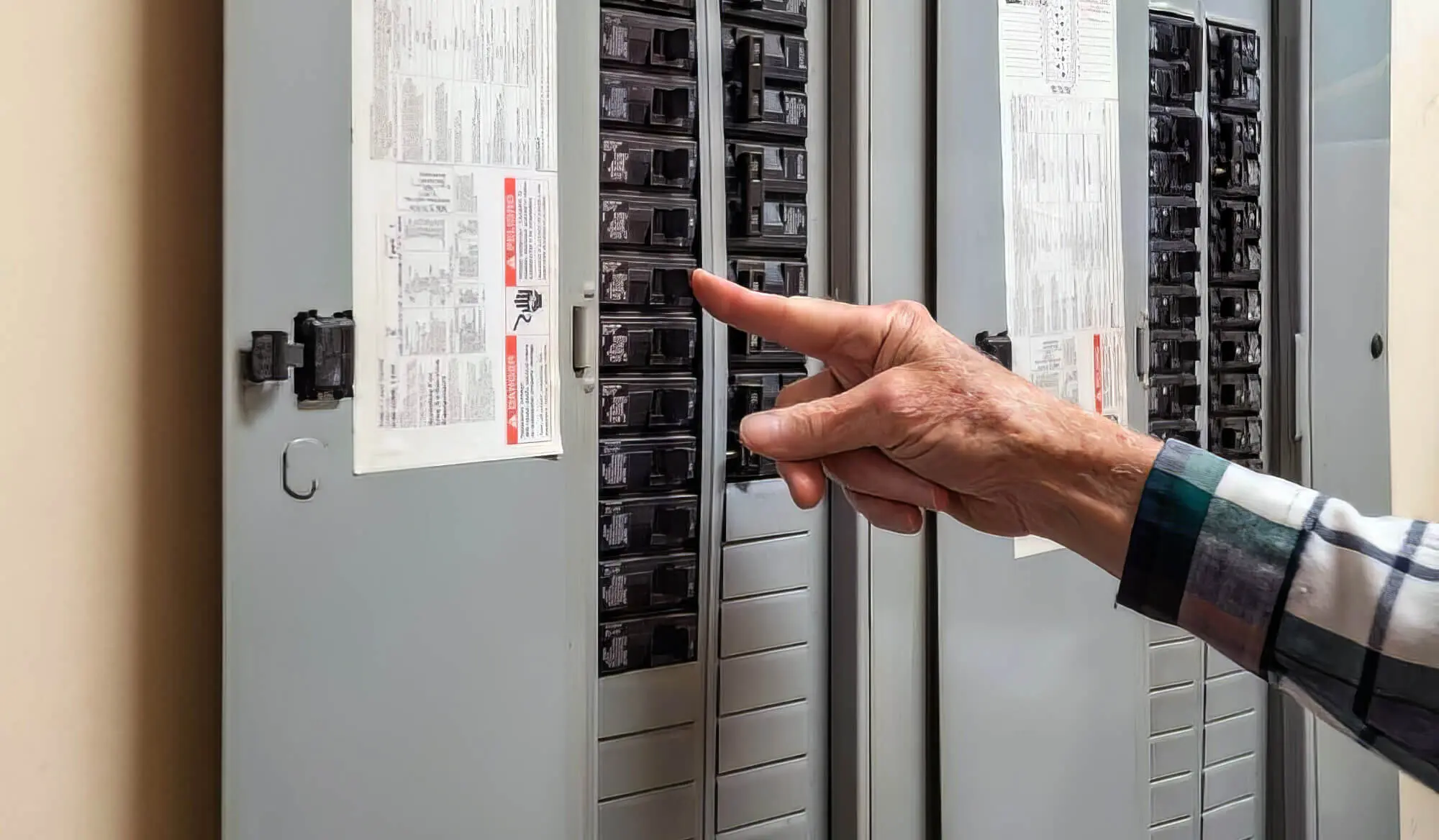
How Long Does A Surge Protector Last?
A surge protector can last anywhere from 3-5 years and can provide protection from power surges for your electronics and appliances. Find out more about these great safety devices in our guide!
Read MoreProtecting electronic devices from transient voltage from power lines (above 240V) can be a lost battle without the right electronic equipment.
Yes, you guessed it—we’re diving into transient voltage surge suppressors, or more commonly known as surge protectors. Let’s explore what they do and why having one might just save the day for your electronics.

Surge protectors safeguard your appliances, especially from threats like downed power lines. They work by redirecting excess energy from a power surge through your wall outlet’s grounding wire, keeping your electronics safe.
This means your electronic devices will maintain their usual flow of electricity, usually performing even during power spikes and electrical surges.
But how do surge protectors work? To answer that, we must take you to the technical side of the story!
Simply put, a surge protector uses a metal oxide varistor (MOV) inside the adapter or the power supply. The metal oxide varistor (MOV) within a surge protector works as a connective pathway between the device’s hot wire, the grounding wire, and the incoming voltage.
The MOV’s standout feature is its ability to adapt to varying voltages. When faced with a high voltage spike, it only redirects the excess to the grounding wire, keeping your appliances safe from harm.
Power boards are one form of surge protection, or power strips can be found, but remember that not all offer power surge protection. The basic ones only include extra power point features for a single outlet, making them suitable for powering multiple electrical devices simultaneously.

If you ask us, there’s no good reason you shouldn’t opt for surge protection. Surge protectors are only important for protecting your electrical appliances and keeping them working normally during electrical surges, which usually come unannounced.
However, you need not use surge protectors for every appliance in the house. For instance, you may want to leave out your desk lamp or other similar fixtures. , You should connect expensive electronics such as computers and air conditioners, which are usually more prone to damage from voltage increases. Power surges and the subsequent rise in voltage can "fry" the internal components of these electrical appliances (like the hard drive or motherboard, in the case of a computer). And repairing or replacing them can be pretty expensive.
Surge protectors play a pivotal role in safeguarding your valuable electronics. Acting as a shield, they absorb voltage spikes and halt them from harming your devices. Investing in one now can spare you future headaches and costs on repairs or replacements.

Although lightning strikes are easily the most commonly known source of a power spike, a surge protection device cannot shield your electronic devices from them. This is because a single lightning strike can increase the electrical pressure on your sockets supplied by your electricity provider by millions of volts.
If devices remain plugged in during a lightning strike, a rapid voltage surge can be passed to them, causing potential destruction.
Hence, the best preventative measure is to unplug devices immediately during sudden emergency power surges (like those caused by lightning strikes). Long story short, even most surge protectors are essentially designed to protect electronic devices from lower-voltage surges only.

While it’s clear that you may need a good surge protector, remember to aim for the best surge protection available on the market. A few crucial features make a surge protector excellent and worth investing in.
One of the first things that defines a good surge protector is that it adheres to the standard Australian voltage and has upheld a UL rating, which is decided by the independent Underwriters Laboratories (UL). UL is a formal body that tests the safety of surge protectors, among other devices. Avoid any surge protector that the UL doesn’t rate.
The clamping voltage is simply the lower limit activating the surge protector to divert excess electricity during surges. A surge protector’s efficiency partly rests on this clamping voltage, showcasing its responsiveness to voltage spikes. It activates sooner and offers superior protection for appliances.
No matter how expensive your surge protector is, it has a limited lifespan depending on how frequently you need its services. Even when a fully functional surge protector safeguards your appliances from the implications of faulty wiring and power surges, there’s every chance it gets damaged. An indicator light on the device will help you detect if it’s defective or functional. If you notice the light has gone off, the damage is irreparable, and you must get a new surge protector soon.
The response time is another measure of the sensitivity of the surge protector. So, the lower the response time, the faster the protector will jump into action to protect your plugged-in devices from any damage. Hence, we’d advise a unit with a maximum response time of one millisecond.
When protecting your expensive electronics, a high-quality surge protector connected to a power board or wall outlet is an essential investment. These key features will ensure the best protection for your devices during electrical surges.
With that, it’s time for us to wrap up things for today.
But before that, here’s another pro tip: you can go for whole-house surge protection if you have multiple hardwired appliances like fire alarms and heating systems. It provides optimum protection power for the more expensive devices and gives insight into how much protection a single power strip surge protector can offer. However, you can only install it by hiring a licenced electrician.
Did you enjoy reading our article “Do You Need A Surge Protector?”? We have many related articles you may also be interested in reading, like the below:
A surge protector can last anywhere from 3-5 years and can provide protection from power surges for your electronics and appliances. Find out more about these great safety devices in our guide!
Read MoreSwitchboards are complex electrical distribution systems. This article provides a simplified guide on key factors in selecting the right switchboard, including safety, amperage capacity, voltage, excess current protection, and physical size. Learn how to choose a switchboard optimised for your facility’s electrical needs.
Read MoreHave you recently moved to a new home? If yes, check out our informative guide that lists the typical electrical issues that can arise at any moment and stay prepared!
Read MoreWe will call back as soon as possible.



